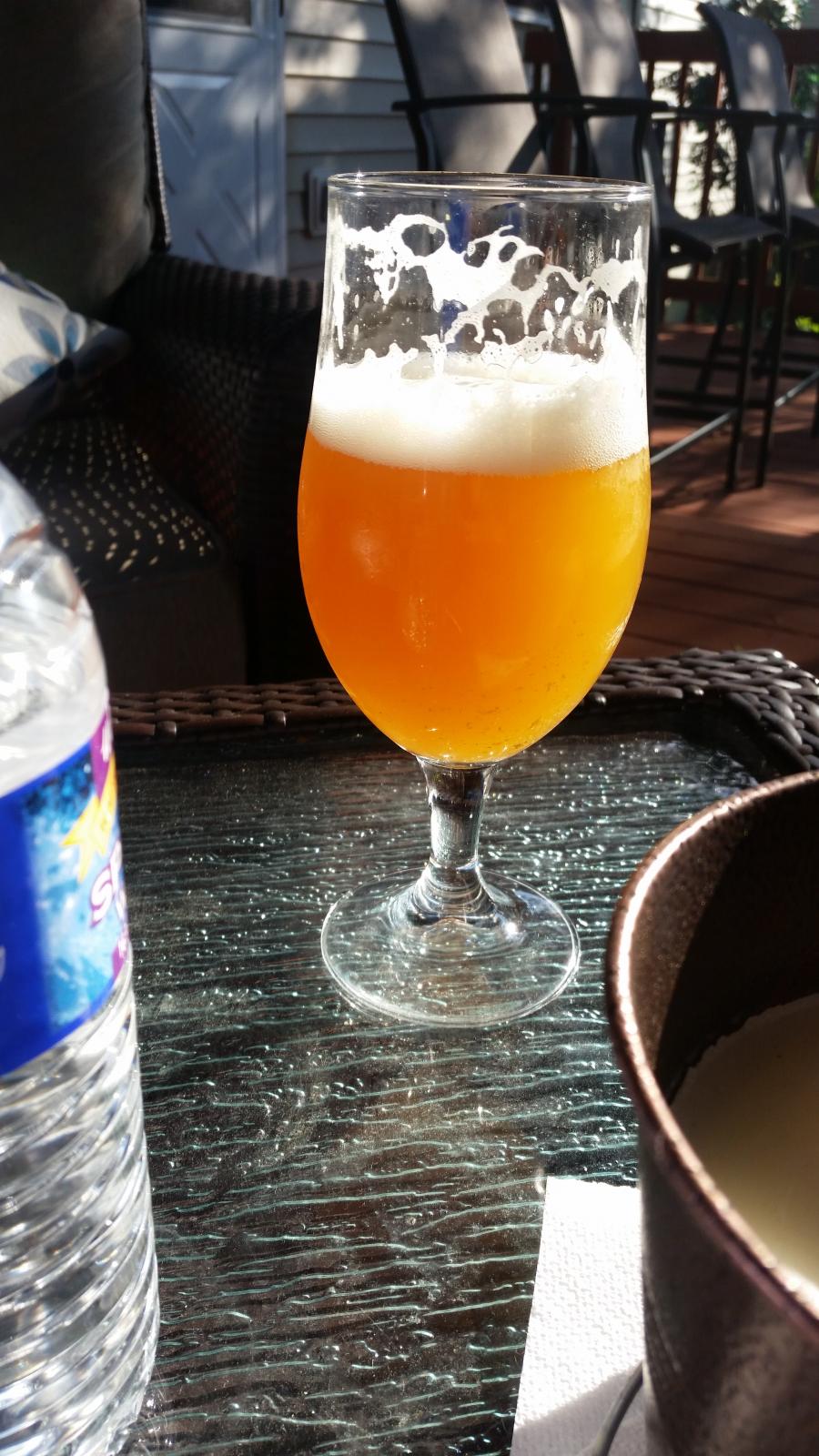grassfeeder
Well-Known Member
- Joined
- Jan 30, 2014
- Messages
- 424
- Reaction score
- 107
Question regarding Braufessor NE IPA (post #1418). I got my water tested and I've been playing around in Brun Water. What is the Water Volume (gal) for the Mash and then for the Sparge that need to be inputted?
I will vary based on the size of your batch, boil volume as well as grain weight. More than likely you're probably pretty close to 4 gallons for each but I know you didn't ask me.































![Craft A Brew - Safale BE-256 Yeast - Fermentis - Belgian Ale Dry Yeast - For Belgian & Strong Ales - Ingredients for Home Brewing - Beer Making Supplies - [3 Pack]](https://m.media-amazon.com/images/I/51bcKEwQmWL._SL500_.jpg)



























